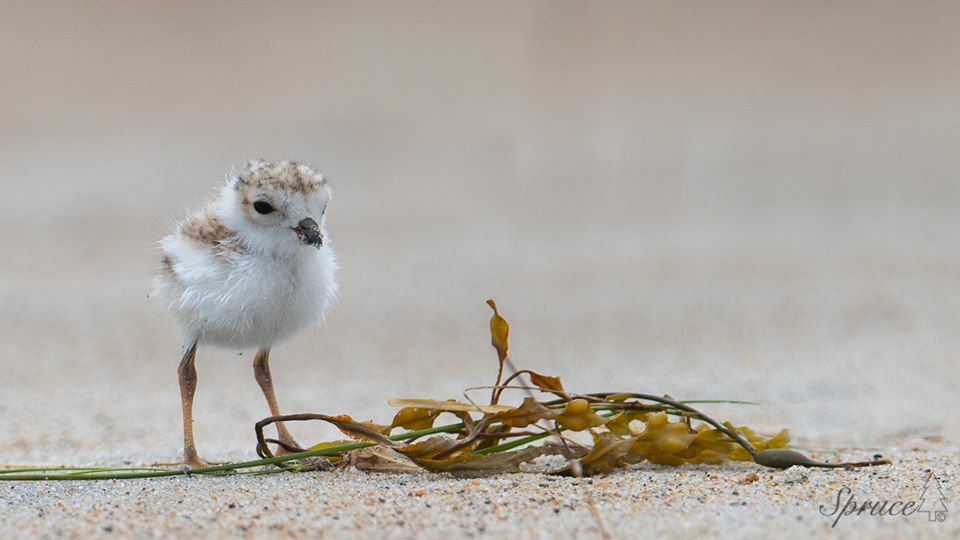The Piping Plover population of the USA has been in trouble for a long time now. Thankfully conservation actions were started to protect the beaches along the Atlantic coast where they breed. There has been a slight boost in the population (numbers now range in the 5-10 thousand) in recent years as a result of these actions of conservation. Their breeding range is from south Newfoundland to northern South Carolina along the Atlantic coastline. There is also a small population in the midwest, south and west of the great lakes.
The Piping Plover gets its name from the bell like whistles used in its call and is often heard before it is seen. The adult is about 7 inches long and has a bright yellow beak as well as yellow legs. Despite that bright coloration, they blend in remarkably well to their beach habitat. They can stand still for long periods of time and then suddenly run for a burst 20-30 feet before stopping motionless again. They feed on small insects and vertebrae found on the beaches. Piping Plover are often found breeding on the same beaches as breeding Least Terns. I will be posting the terns in future posts.
They winter in the Caribbean and US Gulf shoreline from September-March and breed April-August along the Atlantic shoreline. They can have several broods, and the 1st one in May usually produces 3-4 chicks with subsequent broods producing less. The chicks have to forage for their own food, and they do so as early as 1 hour after birth. This chick included in the post is only days old and about 2″ long. I included the seaweed in the image to show the details of its small size at such a tender young age. The images were taken on the last day of June. I witnessed a few 3 chick families but mostly 2 chick families at this location.
